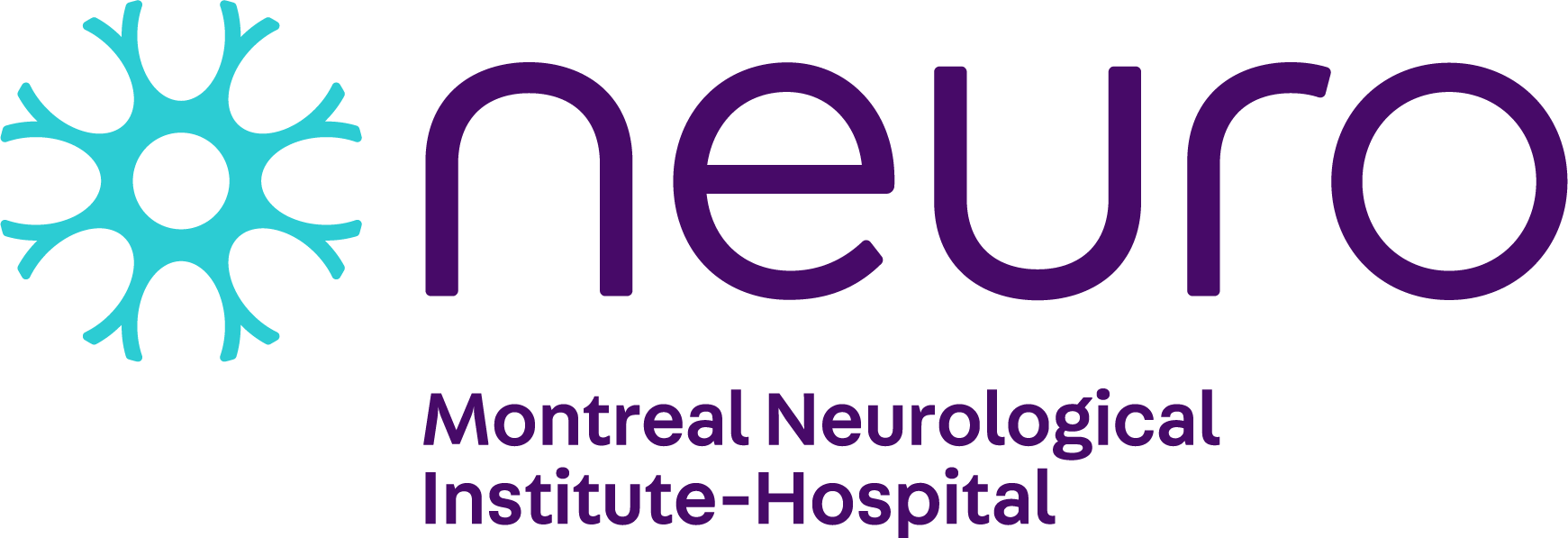Kenneth E M Hastings, PhD

Ken Hastings focuses on the development, molecular biology, and evolution of muscle. Information gained from his research helps to explain how the various forms of striated muscle cells are generated and maintained in living organisms, and how these cell types originally arose during evolution. His laboratory employs a variety of techniques, including transgenic mice and gene transfer methods, to uncover the molecular genetic mechanisms that guide fiber-type-specific expression in fast and slow skeletal muscle fibers. He also studies the genomic organization and gene expression mechanisms---transcription and RNA splicing---of primitive chordates and simpler vertebrates to understand how the vertebrate genome arose with its complex gene families, including differentially expressed muscle protein gene families.
An experimental focus of particular note is the gene family that encodes the fast-muscle-fiber, slow-muscle-fiber, and heart-specific structural variants of the contractile protein troponin I. By understanding how muscle genes work and how distinct muscle cell types are formed and maintained, Hastings hopes to generate information that can be used for developing therapeutic approaches for neuromuscular diseases that manipulate or replace cells or genes.
mRNA 5'-leader trans-splicing in the chordates. Genes & Development 15, 294-303.
Coregulation of fast contractile protein transgene and glycolytic enzyme expression in mouse skeletal muscle. Am. J. Physiol: Cell Physiol. 282, C113-C124.
TnIfast IRE enhancer: multistep developmental regulation during skeletal muscle fiber type differentiation. Devel. Dynam. 224, 422-431.
(2002) The draft genome of Ciona intestinalis: insights into chordate and vertebrate origins. Science 298, 2157-2167.
A genomewide survey of developmentally relevant genes in Ciona intestinalis: (IX) Genes for muscle structural proteins. Development, Genes &Evolution 213, 291-302.
Ascidian larva reveals ancient origin of vertebrate-skeletal-muscle troponin I characteristics in chordate locomotory muscle. Molecular Biology and Evolution 20, 2113-2122.
SL trans-splicing: easy come or easy go? Trends in Genetics 21, 240-247
Genomic overview of mRNA 5'-leader trans-splicing in the ascidian Ciona intestinalis. Nucleic Acids Research 34, 3378-3388
Satou Y, Mineta K, Ogasawara M, Sasakura Y, Shoguchi E, Ueno K, Yamada L, Matsumoto J, Wasserscheid J, Dewar K, Wiley GB, Macmil SL, Roe BA, Zeller RW, Hastings KEM, Lemaire P, Lindquist E, Endo T, Hotta K, Inaba K. (2008) Improved genome assembly and evidence-based global gene model set for the chordate Ciona intestinalis: new insight into intron and operon populations. Genome Biol. 9:R152.




